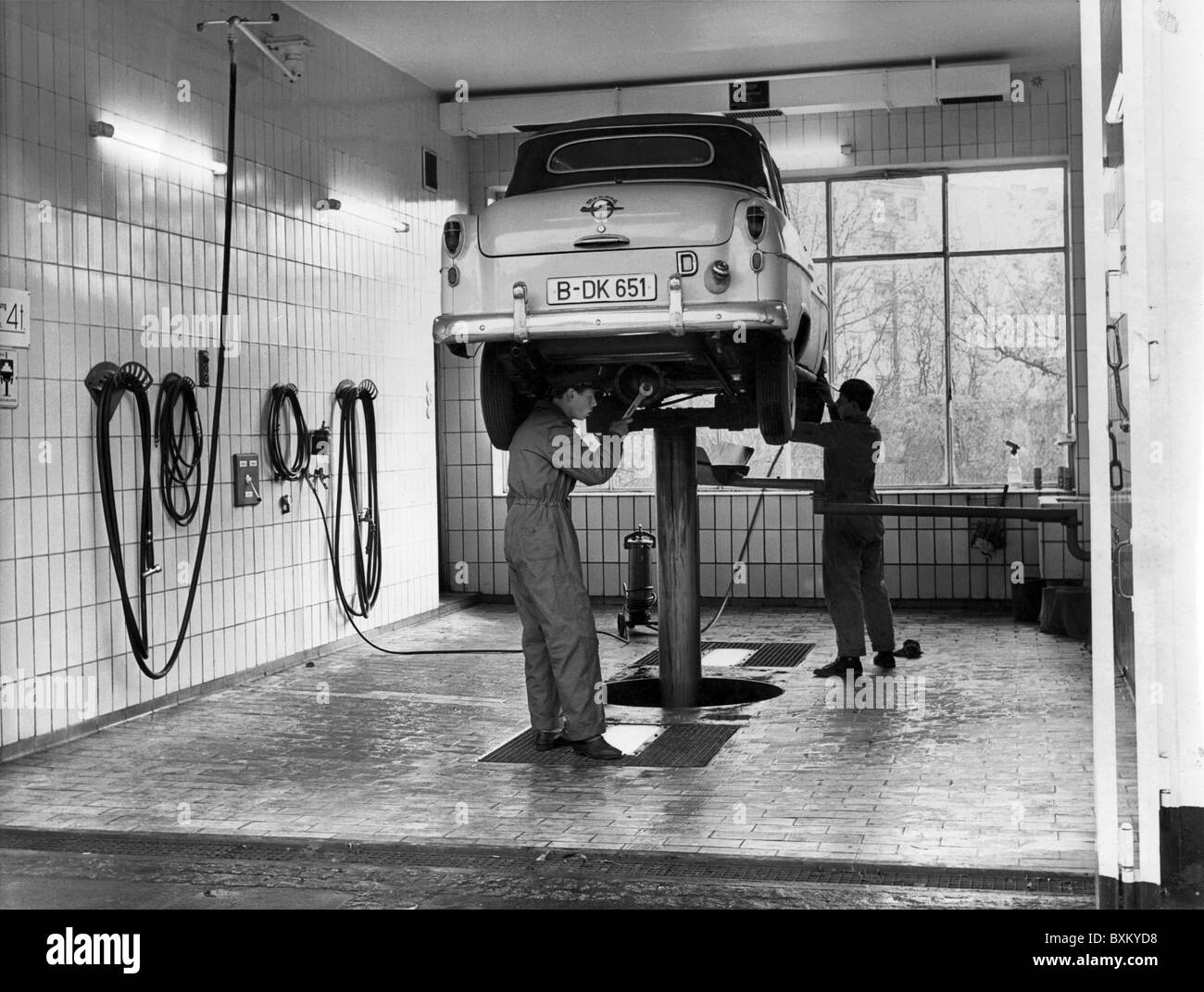
An understanding of basic automotive terms is essential if your goal is to understand all the components of your vehicle. These include the Coil springs as well as Shock absorber, Drive axle, Carbureted engine, and Drive axle. Let's take a closer look at these terms and learn more about what they mean. This article also addresses some commonly used terms in automotive. Continue reading to learn more about the various parts of your vehicle. There are many automotive terms you may not be familiar with.
Coil springs
A coil spring can be described as a piece that is tightly wound from metal and is attached to a suspension system. It can be hard or soft depending on the manufacturer and its performance depends on a range of parameters. Any change to any one of these parameters can affect vehicle handling and dynamic performance. A spring's overall performance is affected by how many coils it has. This spring is a crucial component of any suspension system. It determines how smooth the ride will be.
Shock absorber
Shock absorbers in cars are devices that reduce the force created by rough surfaces and improve car handling. Different materials can be used to make shock absorbers, and each one is capable of deforming in different ways. These devices also have different resistances to environmental pollutants and temperature variations. Although the term shock absorber sounds complicated, once you understand its workings, it is very straightforward. There are different types of shock absorbers available, which are designed to handle various types of road conditions and different kinds of vehicles.

Drive axle
The primary component of a car’s drivetrain is the drive shaft. Also known as the drive axle. Although many drivers believe they can repair the drive shaft themselves, a qualified mechanic will be able to diagnose the problem and offer a safe and effective solution. Before you bring your car to a shop, be sure to review the warranty for your drivetrain. Watch out for unusual sounds or fluid leaks at the drive axle. Keep an eye on your vehicle's weight limit. Overloading your vehicle can cause damage to the drive shaft.
Carbureted engine
In automotive terms, a carbureted engine is a type of gasoline-powered engine that relies on a wick to draw air into a chamber. The combustion process begins when fuel vapors enter the chamber. Modern carburetors utilize the Bernoulli rule, in which air flows through a small ventilation to deliver fuel in proportion with the volume of the cylinder.
Dash top sensor
Automotive technology uses the term "dashtop sensor". These sensors monitor the level and condition of the brake fluid in the car. A car's brake fluid has a certain pressure range within which it functions optimally, and this sensor monitors the pressure and transmits that information to the dashboard in the form of an electrical voltage. The sensor will shut off the switch if the brake fluid level changes. A warning light on your dash will alert you.
Slip coupling
The term "limited slip coupling" has various meanings in the automotive world. The limited slip coupling is used in an automatic all-wheel drive system to engage the secondary axle when necessary. This mechanism relays information to the vehicle’s computer and controls its driving characteristics. It also acts as a conduit for coolant between engine's cooling system, and heater core. Its importance can best be illustrated by looking at the following examples: engine RPM, ignition timing, and the engine's running temperature.

M85 mix of 85% methanol, 15% gasoline
M85 fuel is a mixture of 85% methanol with 15% gasoline. It costs the same in California as mid-grade gasoline. Most modern vehicles use this blend and are flex-fuel vehicles, which means they have a sensor that detects methanol content. This sensor informs the vehicle's computer which type of fuel it is so that it can adjust its ignition and injectors accordingly.
FAQ
Do I need to have a degree to work as an automotive mechanic? Do I have to study part-time?
While a degree is not required, it does help. Employers prefer applicants who have completed a full-time degree. It shows you are dedicated and have worked hard to achieve your goals.
However, it doesn't mean you can't still work while studying. Some universities allow students to complete coursework over the summer holidays and finish their studies later in the year. Other universities permit students to take classes part-time during the school year.
How long is an automotive mechanic apprenticeship
It takes approximately three years to complete an automotive mechanic apprenticeship. The apprenticeship includes two years studying at school and two more as an apprentice. The first year of training is spent in the trade. This includes theory and practical skills as well as safety procedures. You'll also learn the safe and efficient use of tools during this first year. After the completion of the first year, you will spend another year on the job training. Here you'll gain valuable experience in different trades. These years will offer you the opportunity to attend formal classes.
The final year is dedicated to earning certifications and qualifications in the field. These include NVQs or National Vocational Qualifications. These are earned after passing exams that cover specific topics in the industry. You can also get HNCs (Higher National Certificates), that cover subjects such as customer service, business administration, management, and business administration. City & Guilds certificates can be obtained for individuals who want to learn certain trades.
Is a career in automotive mechanic promising?
Automotive is an exciting industry filled with opportunities for people who are committed to excellence. Working hard and learning from others is the best way to be successful in this field.
You'll need to have excellent communication skills because you'll spend most of your time talking to customers and other employees. You should also be willing to travel and work long hours, making commuting difficult.
Take classes at community colleges or universities if you're interested to work in automotive. Many schools offer programs for students who are interested to learn about auto sales, customer service, or repair.
Studying mechanical engineering is an option if you're interested in pursuing a degree. It's possible to get a bachelor's degree in just four years.
In addition, many companies will hire graduates straight out of school. You should start looking for employment as soon as you are able to continue your studies part-time.
After you've finished your education, it's likely that you'll need to go through some training before you can be hired as an auto technician.
This means that you must pass the Automotive Service Excellence exam. This test covers topics like engine maintenance, brakes system, suspension, and many other subjects.
After passing the ASE test you can apply for a National Institute for Automotive Service Excellence (NIASE) license.
You can perform repairs on private cars by obtaining a license. You'll get compensation based on the amount of services you perform.
It's important to note that not all states require licensing. However, if you plan to work outside your home state, you'll need to obtain a license.
Some states will not issue licenses until an individual has completed certain training. If you are one of these people, you might need to look for another alternative.
Statistics
- According to the BLS, total auto technician employment is expected to exceed 705,000 by 2030. (uti.edu)
- There were 749,900 jobs available for automotive service technicians and mechanics in 2016, which is expected to grow by six percent through 2026. (jobhero.com)
- According to the BLS, the median annual salary for automotive service technicians and mechanics in the United States was $44,050 in May 2020. (uti.edu)
External Links
How To
How to diagnose your vehicle properly for repair
Before you can determine if your car requires repairs, it's important to first analyze the symptoms. Follow these steps to properly diagnose your vehicle.
-
Check engine lights. You should inspect the dashboard lights, such as the engine light indicator and the oil pressure gauge. Also, check the battery light indicator. You may have a problem with your vehicle if any of the indicators are flashing for more than a few days.
-
Examine the treads of the tires. Tire wear can lead to problems in handling and brake performance. It is also important to inspect the wheel treads. They should be smooth and clean. To do this, remove the wheels and take them out. You can check the tread wear with a flashlight.
-
Observe the brake fluid level. Keep track of the brake fluid level in your vehicle. This will ensure your brakes function properly. Low brake fluid levels could cause your brakes to fail when you apply pressure.
-
Test the suspension system. Most vehicles have a suspension system that absorbs shocks and vibrations. It improves control and allows for smoother accelerations or decelerations. You might notice a wobbly feeling or uncontrollable shaking in your vehicle if it has a problem with its suspension. Try putting some weight on your front or rear axle to determine if you have a suspension problem.
-
Examine your steering column. Steering columns are used to connect the steering wheel to the rest of the vehicle's components. Many accidents can cause damage to steering columns. Replace it if your steering column feels loose or unsteady.
-
Observe the exhaust pipes. The exhaust pipes transport gases from the combustion chamber to outside. You can let harmful fumes into your home if your exhaust pipes crack or leak. It is also important to repair any bends in your tailpipe immediately.
-
Look under your hood. If you see anything unusual, take a look under the hood. Your engine could be leaking fluids. If you smell something strange coming from your engine compartment you should call a professional technician.
-
The air filter should be checked. The outside environment can collect dust and other debris in your vehicle's air filters. Dirty air filters can cause your vehicle to run poorly. Replace your air filter regularly.
-
Verify the fan belt. Your vehicle's fan belt connects the engine to the transmission. If the fan belt is damaged, the engine won’t turn. It's easy to replace the belt. You will need a screwdriver, pliers and a pair of pliers.
-
You should inspect the radiator and hoses. The radiator hose is used to carry water from the radiator to your engine. It can become cracked or damaged and leak hot liquid onto your engine. Repairing the hose is easy with a pair of needlenose pliers or a small wire brush.
-
Check the windshield wipers. Windshield wipers use electricity to clean away snow and rain. They can leave streaks on your windows glass if they stop working. Simply change the washer oil to fix the problem.
-
Verify the condition of your battery cables. The batteries provide power to the electrical systems within your car. When you replace batteries, make sure to disconnect the negative cable first. Failure to do so can damage your alternator.
-
You should check the headlights. The headlights will illuminate the road ahead. They can make it difficult to see if they stop working. Check the bulbs to see if they've burned out.
-
Pay attention to the lights. When you approach them at night, the lights warn other drivers. If one doesn't work, it could distract you and lead to an accident.
-
You should inspect your brakes. Before you get in a car accident, your brakes will be slowing down your vehicle. If they aren't working correctly, you could lose control of your car and crash.
-
Check the oil regularly. Keep your engine lubricated with oil. It protects metal parts and prevents them from wearing too quickly. It is recommended that the oil be changed every other month.